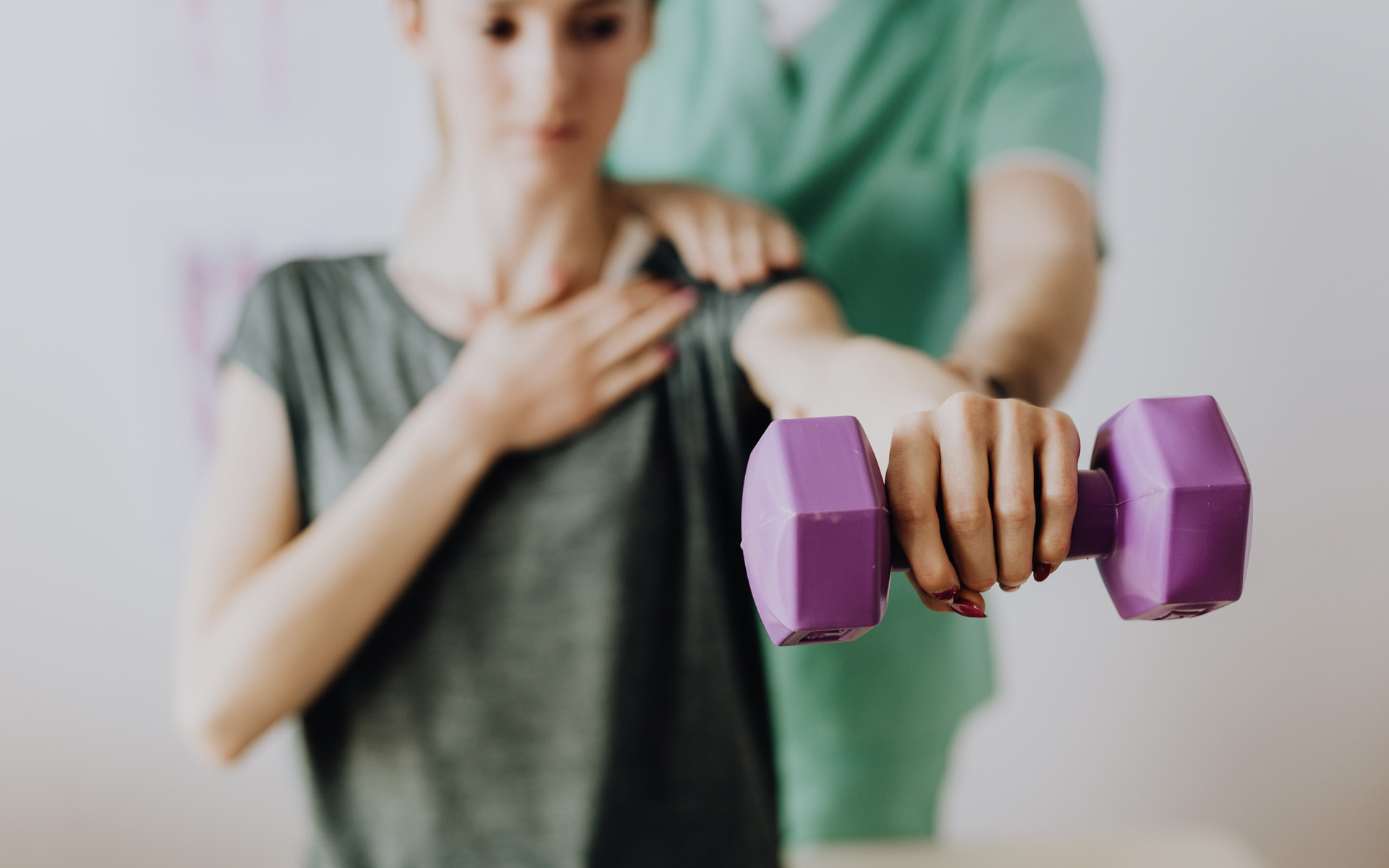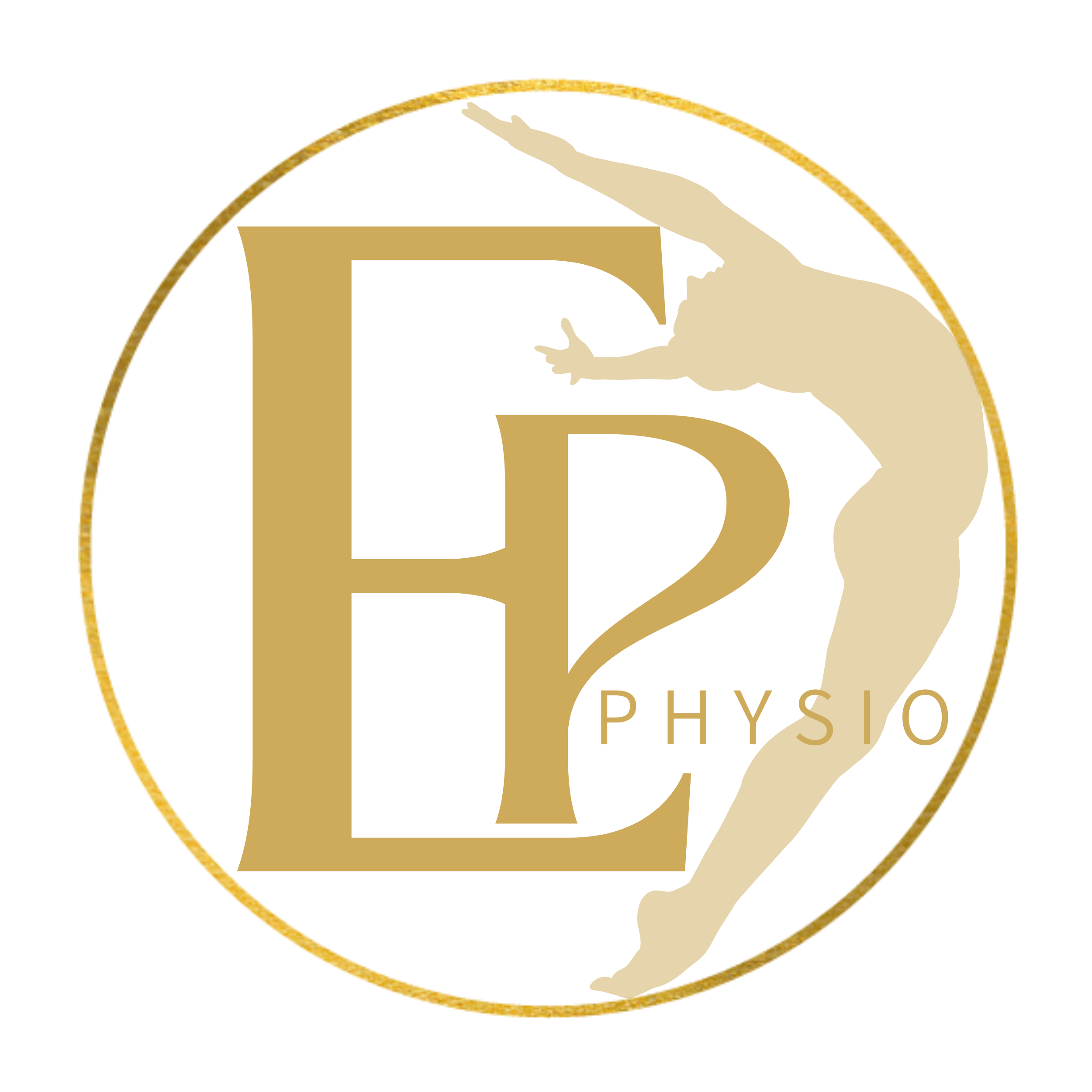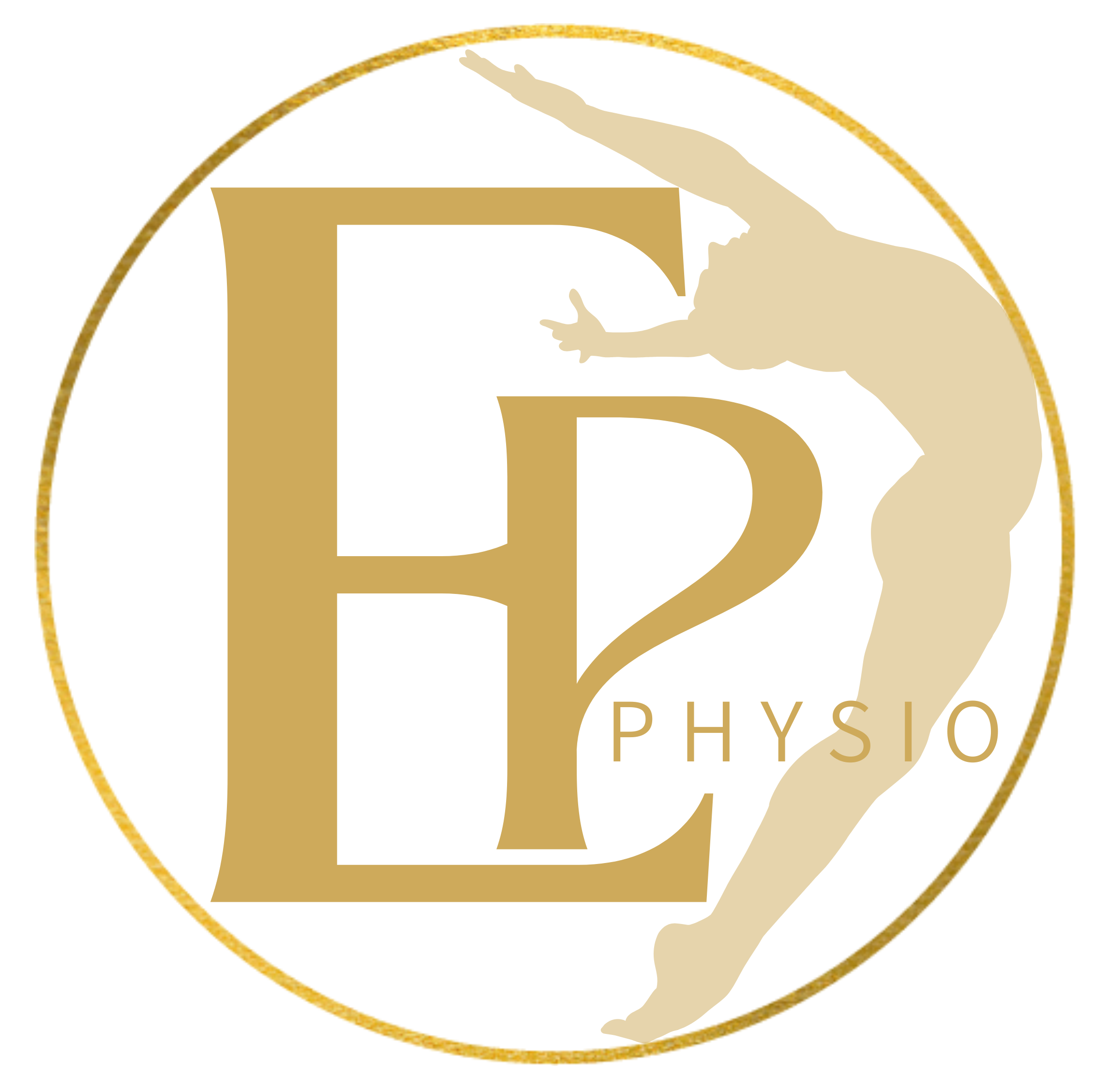
What is muscle tension dysphonia MTD
Muscle tension dysphonia is one of the most common types of vocal disorder, in which the muscles of the the neck which help to support the larynx or voice box become too tight, resulting in the larynx not being able to move efficiently. This can sometimes be described as a high riding larynx, as the larynx is most commonly elevated from its normal resting position. This is a an issue as the larynx is required to move up and down as well as tilt to enable changes in volume, tone and pitch. Due to this restriction it is common for the person affected to try to work harder to produce the desired sound, this can result in the muscles fatiguing quickly and becoming tighter still.
There are seen as 2 types of MTD:
- Primary MTD- In this type, the muscles in your neck are tense when you use your voice but there is no abnormality in the larynx (voice box).
- Secondary MTD- In this type, there is an abnormality in the voice box that causes you to over-use other muscles to help produce your voice. This may include pre-nodular swelling, nodules or polyps that have developed on the vocal folds.
Who is at risk?
It will generally occur in populations of people that are involved in vocal heavy work, this can include, singers, actors, presenters, barristers, teachers, fitness trainers, or those involved in sales either face to face or over the phone.
There is some evidence that in groups that away from these groups MTD is most likely to occur among people in the 40- to 50-year-old age group, especially women.
What are the causes?
For those in voice heavy professions the causes of primary MTD can range from:
Postural– When we speak, sing, shout, or talk form a less than optimal posture we can put undue tension on the muscles responsible for vocalising by making them shorter, this will start to elevate the larynx and can cause habitual tension to develop.
From a performing perspective, if we are singing or speaking on stage with poor posture such as in a slouch or rounded position, it can also impact on our diaphragm, which will challenge our ability to control our breath, making it harder to complete phrases, and can result in us pushing air which can result in the muscles of the neck fatiguing.
Shouting– This can be commonly seen among fitness professionals who are often competing with music while joining in their exercise class. Repetitive shouting can lead to appraise contact of the vocal folds which may result in pain when speaking, which will lead to us protecting our voice, these changes in the way we vocalise can result in increased tension as it is not our natural way of speaking.
Poor breath control– There are 2 types of breathing patterns, diaphragmatic and chest; a diaphragmatic breath fills the base of the ribs and sees the stomach rise, whereas chest breathing is shallow and will result in the rib cage elevating. To allow vocal control diaphragmatic breath is key, and when this is not utilised efficiently either by performers or other individuals in vocally demanding situations, it can result in the muscles of the neck becoming tight due to overuse, as there are used for chest breathing.
Respiratory illness– This may be a cold, cough, tonsillitis or laryngitis, any illness that affects our respiratory system. It is common that when people have either performed on stage or had to present whether a board room, class room or court room following respiratory illness that the voice can exhibit some signs and symptoms of MTD. This is believed to predispose an individual to MTD due to an alteration in voice mechanics to produce volume, tone, or desired pitch. Effectively pushing the voice and overusing the muscle system.
Technique– From a singing perspective there are many different styles and genres that can be performed, all requiring different understanding and technique to produce and effective, safe and quality sound that is repeatable, it is therefore key to ensure that your technique is affective, and will allow you to control your voice and breath with minimal effort.
From a speaking perspective for the majority of use we are not trained in voice projection or prolonged use, so when speaking in meetings or in front of groups, we often fail to utilise our breath appropriately, this is especially notable in the fitness industry. It can often result in us straining to get the final few words of a sentence out, or completely altering the pitch of our voice, so it sits in an unnatural and difficult area, eventually causing strain.
Acid reflux– Acid reflux or heartburn can cause irritation to your throat and vocal cords, this irritation can result in a hoarse or painful voice, which if experienced for a long period of time can result in the muscle becoming tight as a form of protective mechanism for the vocal folds and due to altered use of the voice.
Signs and symptoms
Muscle tension dysphonia has several signs and symptoms, including:
- Husky, hoarse, breathy and/or rough voice
- Tightness and even muscle aches in the throat
- Strained or tight voice
- Weak or airy voice
- Sudden breaks or fading of the voice
- Neck that is tender or sore to the touch
- Loss of vocal range when singing
- Feeling the need to clear the throat often
- Feeling a lump in the throat
- Headaches
Diagnosis & treatment
Diagnosis is key to treating any condition and MTD is no different, ideally the diagnosis will come from combined assessments from specialist ENT consultants, Speech and language therapist and a specialist in muscle health with knowledge of the voice such as an appropriate physiotherapist. From an ENT and Speech and language therapist perspective they will be able to examine the vocal folds via stoboscopy, palpation and vocal exercises. An appropriate physio will examine the position of the larynx and muscle quality via palpation, discuss your symptoms and also examine your posture to assess whether this may be impacting on voice use.
Treatment should ideally be multi disciplinary (using the skills of different disciplines) and will focus on vocal rehabilitation though appropriate dietary advice, exercises when required, massage, range of movement exercises and postural advice and exercises.

